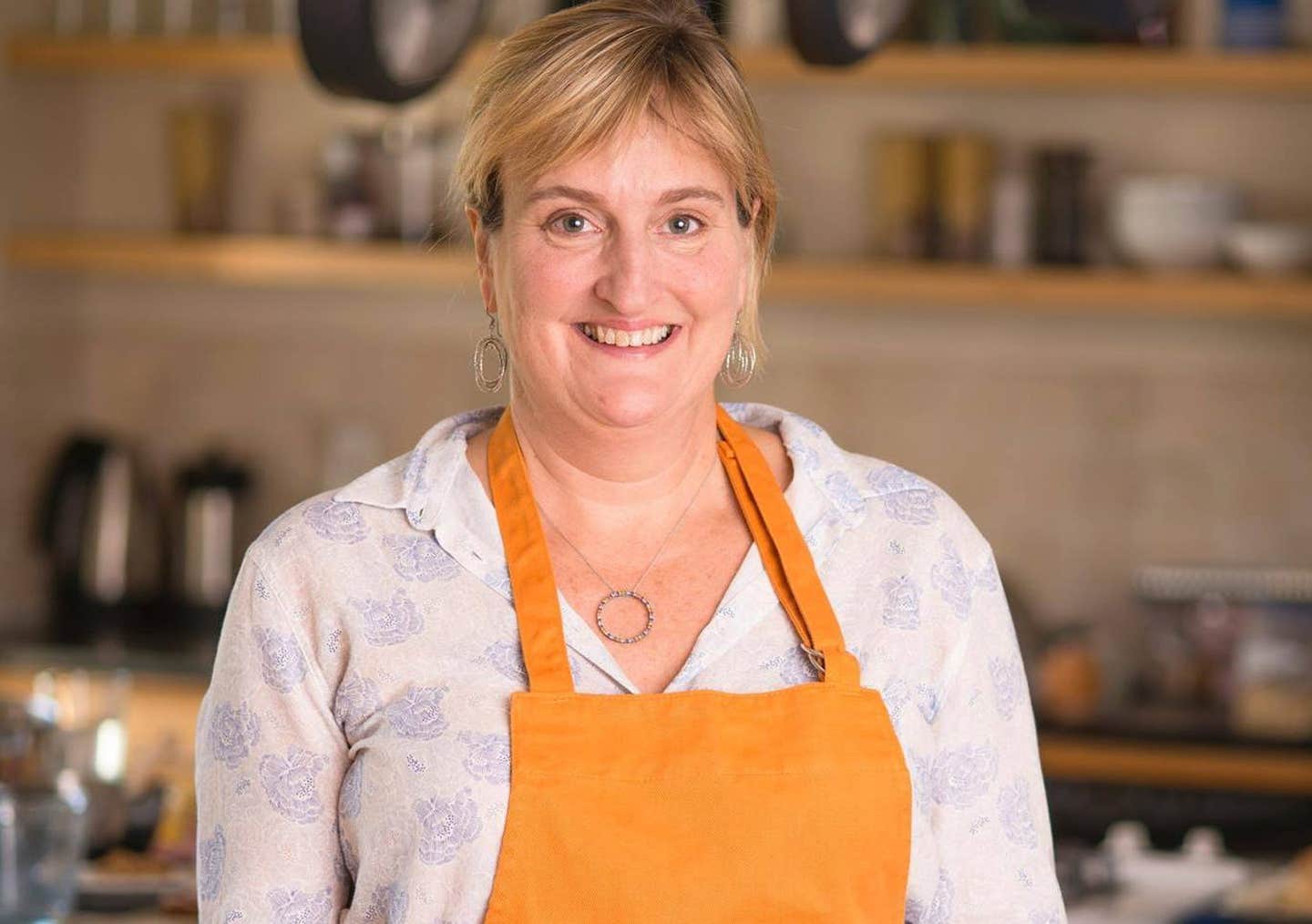
What’s Chayote? Everything You Need to Know About the Sweet Green Squash
Love the tender mildness of zucchini? How about the crisp crunch of cucumber? Then it’s time to get cooking with chayote, their pear-shaped cousin that tastes a little like both. Here’s a rundown of all the ways to cook with chayote, plus prep, shopping, and storage tips for the ultra-versatile vegetable.
What Is Chayote?
Chayote (rhymes with “coyote”) is a type of squash with the taste and texture of summer squash and the harvest season (late summer to early fall) and extended storage of winter squash. Native to Central America, chayote was a staple food for the Aztecs when European explorers encountered it. Its cultivation spread throughout the Caribbean and into the American South, then onto India and Asia.
As chayote made its way around the globe, it took on many different names. French speakers call it “christophine,” after Christopher Columbus, one of the explorers who brought it back to Europe. Cajun cooks call it mirliton, and throughout the Deep South, it’s often called vegetable pear or alligator pear. Throughout the Caribbean, chayote is known as chocho. In India, it’s called chow-chow, and one Chinese term for chayote is “Buddha’s hand squash,” for the way the grooved sides make it look like two hands in prayer.
The oval vegetable has smooth, furrowed, bright green skin, and a single seed at the center, which is edible but usually removed. Chayote vines are also grown for their edible roots, which can be cooked like potatoes, and their tender shoots, which are a delicacy in Asian cuisines.
What Does Chayote Taste Like?
Raw chayote is crunchy and subtly sweet, like cucumber or jicama. When cooked, chayote takes on a zucchini-like texture and tenderness, and its mild-flavored flesh absorbs and highlights all the flavors of the other ingredients in a recipe.
Chayote Selection, Storage, and Prep Tips
Choose squash that feels heavy and extra firm with bright green skin that has no blemishes or wrinkles. Large chayotes and those that have wrinkled skin can taste tough and dry. Chayotes will keep for two weeks at room temperature and up to two months in the crisper drawer of the fridge.
Chayote skin is edible, though most cooks prefer to remove it with a peeler. Rinse peeled chayotes under cold running water to remove the sticky sap that is just below the skin before using. Halve chayote lengthwise, and pop out the seed.
How to Cook with Chayote
Chayote can be eaten raw, but one of the best things about chayote is its dense flesh that holds its shape when cooked. That firm texture means chayote can be cooked any way you can think of, and can stand in for almost any vegetable. Here are some ways to use it.
Ways to Use It
Sautéed or stir-fried: Prep chayote the way you would zucchini or summer squash, and use in stir-fries or sautés, such as an Italian-Style Zucchini and Chickpea Sauté.
In soups and stews: Use diced chayote in place of (or in addition to) potatoes in chunky soups and stews such as our Lentil Vegetable Soup. You can also showcase chayote in a Chayote Soup with Roasted Hominy.
Stuffed: Boil whole chayote until tender, then halve and stuff it the way you would bell peppers or eggplant.
In salads, side dishes, or casseroles: Steam or boil peeled and diced/sliced chayote. Add pieces to salads, side dishes, gratins, and casseroles the same way you would potatoes.
Roasted or grilled: Cut peeled and seeded chayote into thick slices or chunks; then roast in the oven at 400˚F for 20 minutes or until browned and crispy. You can also grill chayote slices and chunks the way you would zucchini or yellow squash. Roasting and grilling gives chayote a smoky flavor and crisp exterior.
In slaws: Grate raw peeled chayote and add it to slaws.
In grain bowls: Slice, dice, or grate raw peeled chayote for a crunchy addition to grain bowls.
Pickle it: Slice raw peeled chayote into matchsticks and quick-pickle it.
Salsas: Chop raw peeled chayote into ¼-inch cubes to add a refreshing element to salsas.
To learn delicious vegan recipes and master whole-food, plant-based culinary techniques at home, check out Forks Over Knives Cooking Courses!
About the Author

About the Author
Mary Margaret Chappell
Join our mailing list
Get free recipes and the latest info on living a happy, healthy plant-based lifestyle.
By providing your email address, you consent to receive newsletter emails from Forks Over Knives. We value your privacy and will keep your email address safe. You may unsubscribe from our emails at any time.
